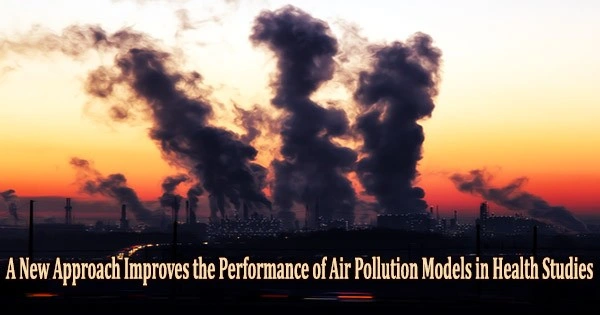Nine out of ten people on the planet breathe air that is more polluted than the standards set by the World Health Organization (WHO). Big data and machine learning have made it easier to estimate air pollution concentrations over time and place.
Utilizing these cutting-edge air pollution prediction models for health studies is crucial because air pollution causes about seven million deaths annually. The applicability of these air pollution prediction models to health research, however, is not always clear.
An innovative method is developed in a recent study by Jenna Krall, assistant professor in the department of global and community health, to help air quality modelers decide if their air pollution prediction models may be applied to epidemiologic studies, which evaluate health effects.
Understanding the relationship between air pollution and health often requires predicting air pollution concentrations. Our approach will be useful for determining whether an air pollution prediction model can be used in subsequent health studies. As a result, our work can help translate new prediction models to better understand air pollution health impacts.
Jenna Krall
“Understanding the relationship between air pollution and health often requires predicting air pollution concentrations. Our approach will be useful for determining whether an air pollution prediction model can be used in subsequent health studies. As a result, our work can help translate new prediction models to better understand air pollution health impacts,” said Krall.
Existing air pollution prediction models are generally evaluated on how well they can predict air pollution levels. Using data from 17 locations in the US, Krall found that the new evaluation approach was able to better identify errors in air pollution prediction models most relevant for health studies.
“Assessing the health estimation capacity of air pollution exposure prediction models” was published in Environmental Health in March 2022.
Joshua P. Keller of Colorado State University and Roger D. Peng of the Johns Hopkins Bloomberg School of Public Health were a part of the research team. Krall was supported in part by the Thomas F. and Kate Miller Jeffress Memorial Trust, Bank of America, Trustee. Peng was supported in part by the US Environmental Protection Agency (EPA) through award RD835871.
This work has not been formally reviewed by the EPA. The views expressed in this document are solely those of the authors and do not necessarily reflect those of the agency. EPA does not endorse any products or commercial services mentioned in this publication.
















